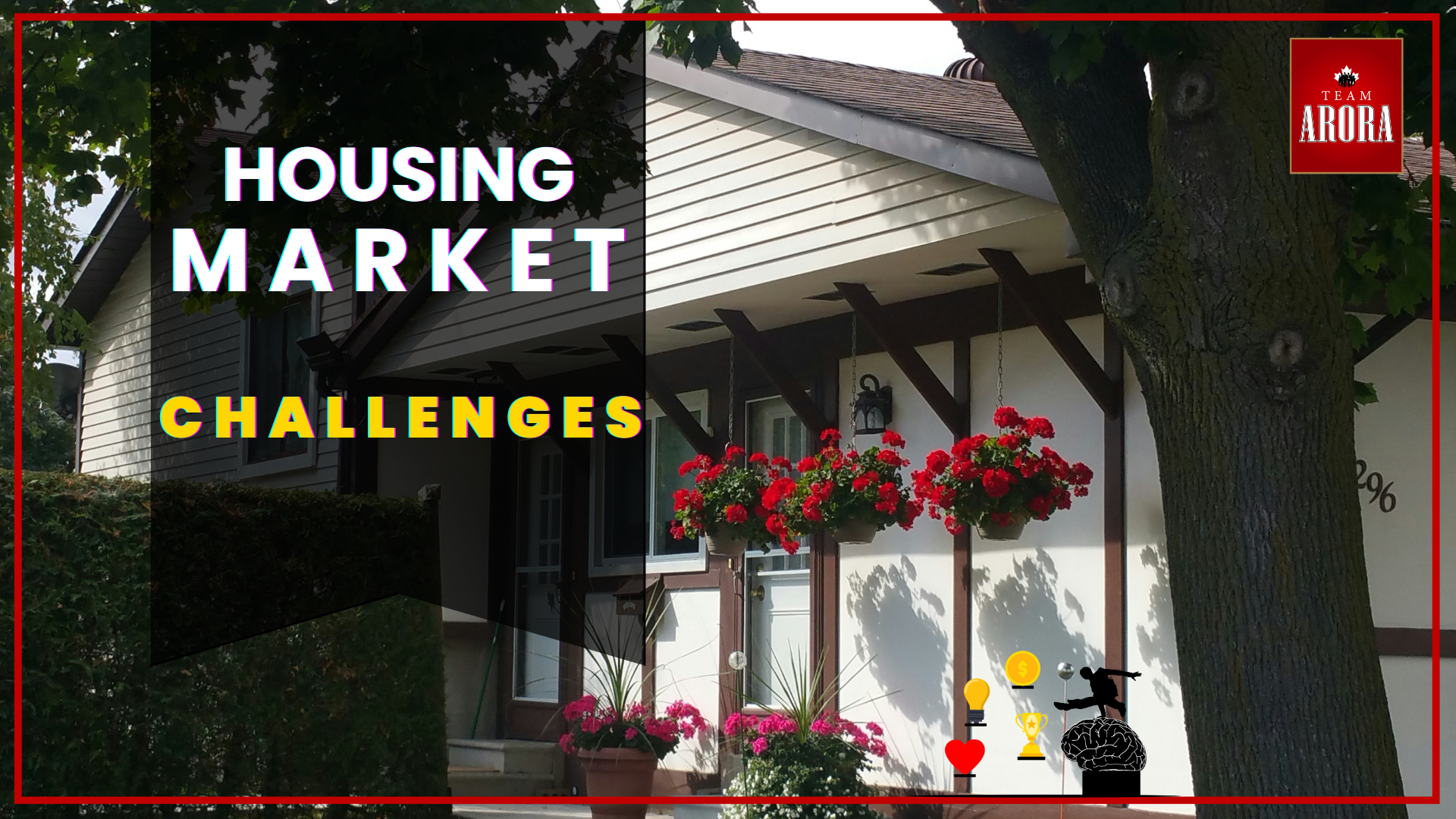Lower interest rates have historically sparked buying sprees in the housing market, creating a prime environment for buyers and sellers alike. But recently, despite lower rates, the housing market hasn’t shown the expected surge. Many homeowners are baffled as to why their properties remain unsold, wondering if the rules of real estate have changed. In this blog, we’ll explore the hidden factors behind the stagnation and uncover what’s really keeping buyers at bay.
Interest Rates: A Historical Game-Changer in Real Estate
For years, low interest rates were a key motivator for homebuyers. Lower mortgage rates meant affordable monthly payments, making it easier for people to enter the market and invest in property. However, the current market is telling a different story. While rates have dropped, it hasn’t been enough to balance other influential factors that continue to weigh on buyer sentiment.
Rising Home Prices: A Critical Deterrent
One of the biggest issues is skyrocketing home prices. Even with lower rates, the initial cost of a home has increased significantly, which puts pressure on buyers’ budgets. According to recent studies, housing prices have risen disproportionately compared to income levels, making homeownership a distant dream for many. Buyers, particularly first-time buyers, are often priced out of the market, leading to slower sales and an oversupply of homes that remain unclaimed.
Economic Uncertainty: A Buyer’s Hesitation
In times of economic fluctuation, buyers tend to hold back. The COVID-19 pandemic has left a lasting impact on financial stability, and rising concerns about inflation, potential recessions, and job security continue to make buyers hesitant. Lower interest rates alone can’t override the financial caution many feel, especially if they fear a decrease in property value or worry about maintaining mortgage payments amid an unpredictable economy.
Shifting Buyer Priorities
Buyer preferences have changed as well. The “new normal” following the pandemic has led to a different set of demands in home design, size, and location. The rise of remote work, for instance, has made some buyers prioritize suburban or rural locations over urban centers. In contrast, others may wait for properties that offer more space or energy-efficient designs. If a home doesn’t meet these criteria, it’s likely to sit on the market longer, no matter the interest rate.
Inventory Overflow in Certain Markets
Another significant factor is the increase in housing supply in certain areas. Over the past few years, rapid construction in some urban and suburban locations has led to an oversupply of properties. When there are more homes on the market than there are buyers, sellers must either adjust prices or face longer wait times for a sale. This oversupply creates a buyer’s market, where buyers have a wealth of options and may choose to wait for the best deal or most ideal property.
Unpredictable Market Trends
Real estate is often cyclical, and today’s market challenges may simply be part of a natural fluctuation. Some regions experience peak buying seasons, while others witness occasional slowdowns. Add to this the influence of regional factors like job growth, school districts, and quality of life, and the result is an unpredictable market. Lower interest rates may boost affordability, but they don’t necessarily guarantee a stable or strong market—especially in areas affected by economic or environmental shifts.
The Influence of Media and Buyer Perception
Lastly, media coverage significantly impacts the real estate market. Headlines about a potential housing bubble or economic downturn can lead to fear among buyers, who may feel hesitant to invest in property. This widespread sentiment, often driven by media, has a direct impact on sales, as many potential buyers prefer to “wait and see” rather than make a big financial commitment. This can result in fewer offers, more cautious bidding, and ultimately, fewer sales.
What Can Sellers Do?
If you’re a seller facing these challenges, it’s essential to understand that success in the current market requires more than a price reduction or an interest rate drop. Here are some strategic steps you can take:
- Enhance Your Home’s Appeal: Consider affordable upgrades, staging, or curb appeal improvements to make your property stand out.
- Price Competitively: Work with a real estate professional to set a price that aligns with current market conditions without overpricing.
- Highlight Unique Features: Promote any distinctive aspects of your home that align with modern buyer demands, such as a home office, eco-friendly appliances, or proximity to nature.
- Stay Patient and Flexible: Understanding the current market’s challenges can help manage expectations and remain flexible with offers or timelines.
- Work with Experienced Agents: Professionals who know the local market can provide guidance, from pricing strategy to marketing, that can make your listing more appealing.
While lower interest rates can make a property more affordable, they alone can’t drive the entire real estate market. Today’s buyers face a complex mix of economic pressures, evolving preferences, and media-driven fears, all of which contribute to a unique and challenging market landscape. As a seller, staying informed and adaptable can improve your chances of making a successful sale, even amid these hurdles. By recognizing the current realities and positioning your home accordingly, you’re better equipped to navigate the modern housing market with confidence.
